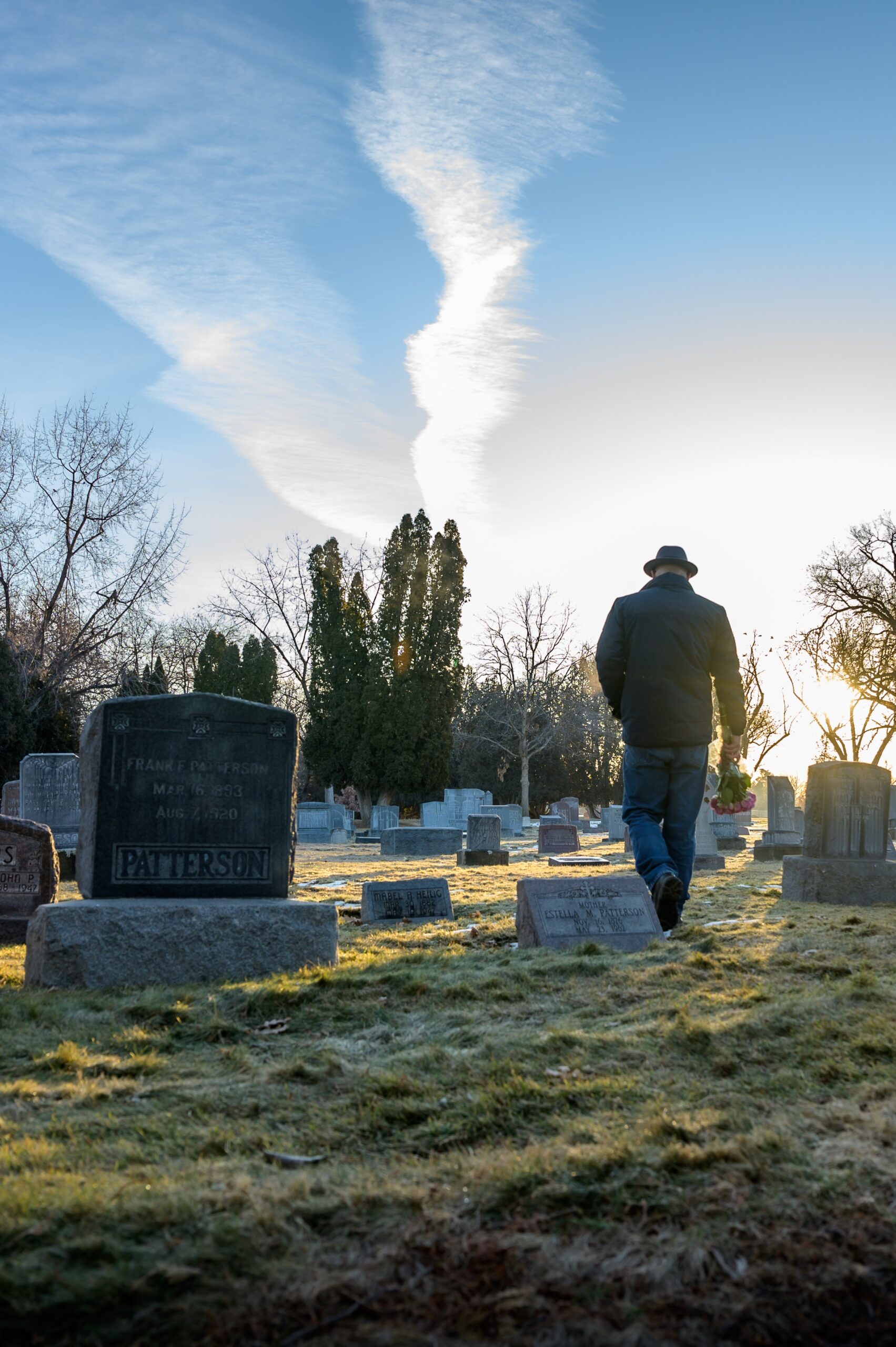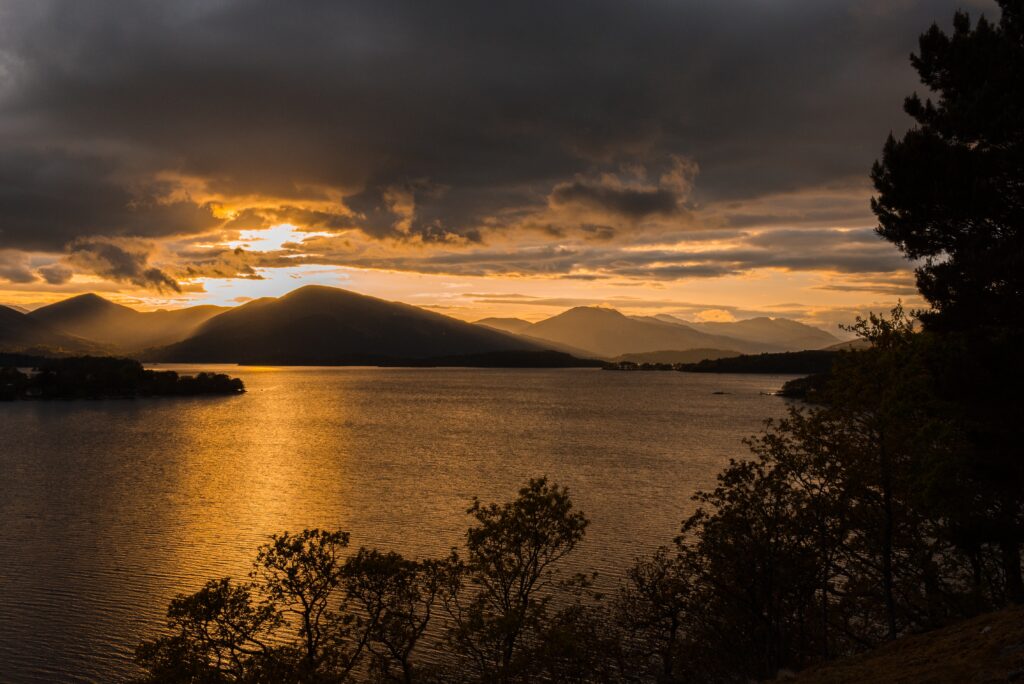
On graves and greatness
Walking through graveyards in Scotland and Italy becomes a surprisingly life-affirming experience for Leonard Franchi.
Graveyards are wonderful guidebooks to a people and a place … Funereal monuments and headstones, some with, and some without, photographs, turn these honeycombed ‘cities of the dead’ into a curious collection of lapidary identity cards where the spirit of the deceased creeps out of the well-cut grass.
“I might be gone but I am still here”, they seem to say.
The Scottish writer Christopher Rush understood very well the hold that graveyards can have on the imagination. His writing, rooted in the traditional fishing communities of the East Neuk of Fife, often contains haunting descriptions of the dark and foreboding spaces that are the graveyards of his area.
Referring to one unnamed cemetery in his 1984 poetical work A Resurrection of a kind, he writes of “solid respectable stones on which their solid lives are reproduced making thus acceptable their bare bones.” Such original and evocative words indeed conjure up a sense of place, gently inviting the reader to take a keener interest in the faces and voices of the past.
My local cemetery in Alexandria (Scotland) is perched on the hill which guards its western flank. The inquisitive visitor will be surprised to find amid the rows of stones recalling dearly departed McDonalds and Campbells a fair few gravestones inscribed with Italian names. These little monuments mark lives of adventure and hard labour …
They recall the exhausting train journeys of 48 hours, sometimes more, that brought the people of the small village of Villa Latina in Lazio to the shores of Loch Lomond.
They came in search of new horizons, scattered family, old friends and, of course, work.

Some of the new arrivals found employment initially on farms and in factories. Many went on to play a big part in feeding the people of ‘the Vale’ (Alexandria lies in a valley) in their brightly-lit chip shops, chiming ice cream vans and well-stocked ‘open all hours’ food shops. (No trendy pizzeria or chic ristorante would have thrived in this village of solid Scots tastes!)
The top end of the graveyard offers an unmatched view of the sweeping slopes below where the River Leven can be seen snaking through fields and housing estates.
Situated alongside the cemetery, a watchful neighbour, is Overton Farm. John and Andy Muirhead, farmer-brothers, and the faces behind many deliveries of fresh eggs to our small grocery shop in years past, have now migrated to the ‘city of the dead’. But life on the farm continues and fresh milk from their cows still makes my morning porridge sing.
For those with wider ambitions, this viewpoint affords a glimpse of the outskirts of the city of Glasgow, a mere 20 miles away to the south. There in that bustling metropolis legions of expatriate Italians and their offspring offer the culinary delights of their homeland to an eager and hungry people.
To the north, Ben Lomond stands proudly head and shoulders above the landscape, its ancient and ever-watchful eye keeping a beacon-like watch over the surrounding slopes. For the residents of the Vale, the great phrase, “there’s snaw on the Ben” marks the arrival of the Scottish winter.
Yet in the middle of the verdant beauty of Scotland, the chain of Italian names unites Alexandria’s graveyard to the sun-bleached cemetery of Villa Latina, smaller yet with similarly awe-inducing views, though in the latter case over fruitful vines and swaying cornfields. The names on those distant funerary monuments are, of course, Italian but many of those reposing there spent tiring decades working in Alexandria before retiring to their family home ‘north of Naples, south of Rome’ (the quick response to the question “Where is Villa Latina?”).
Far from the winds and rain, in retirement remembrances they cherished the memories of fair Caledonia. In truth many is the occasion when they recalled in cheerful conversation the faces, family and fun of the Vale.
For those of us whose hearts are happily shared between both lovely valleys and who have family in both graveyards, it is in these thin places where the souls of our ancestors encounter the embrace of the living.
The presence of death opens our mind to life, to that which is good, and true and beautiful. We are part of a multi-link chain of time and place which binds us together in bonds of friendship and family (what are friends but the family we choose for ourselves?), enriching our life with a culture of work, joy, love and laughter.

Like what you’ve read? Consider supporting the work of Adamah by making a donation and help us keep exploring life’s big (and not so big) issues!
